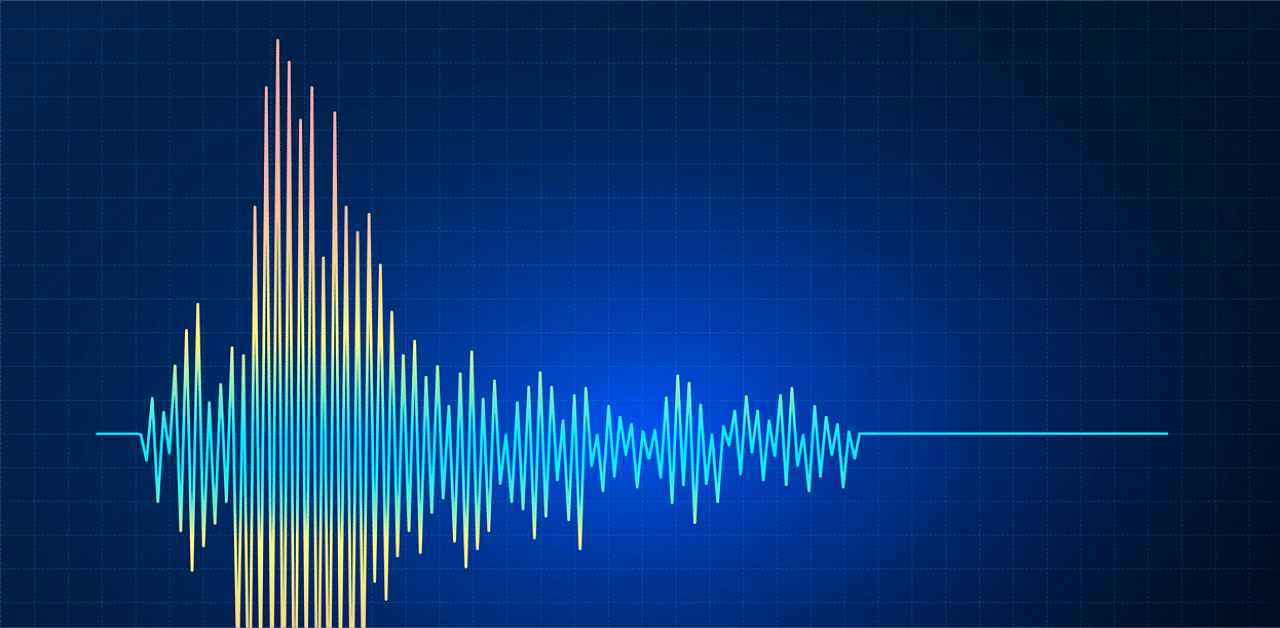
Scientists have developed the world's smallest ultrasound detector, which is 100 times tinier than an average human hair, and can visualise features that are much smaller than previously possible, an advance that may lead to better ways of studying ultra-fine details in tissues and materials
According to the researchers from the German Research Center for Environmental Health, the core detection technology for these very low-frequency sound waves has for decades focused on using piezoelectric detectors which convert the pressure from sound waves into electric voltage.
They said the imaging resolution achieved using this process depends on the size of the piezoelectric detector employed, with the reduction in size leading to higher resolution and an improved ability to discriminate features in the imaged tissues.
But further size reduction of the detectors has posed a challenge since it impairs their sensitivity dramatically, making them unusable for practical applications, the scientists said.
In the new innovation, dubbed the silicon waveguide-etalon detector, or SWED and described in the journal Nature, the scientists used silicon photonics technology to miniaturise optical components and densely pack them on the small surface of a silicon chip.
While silicon does not exhibit any piezoelectricity, they said its ability to confine light in dimensions smaller than the optical wavelength could be applied for the development of tiny photonic circuits, which they applied to build SWED.
"This is the first time that a detector smaller than the size of a blood cell is used to detect ultrasound using the silicon photonics technology," said Rami Shnaiderman, developer of SWED, and a co-author of the study.
According to the researchers, if other piezoelectric detectors were shrunk to the scale of SWED, it would be "100 million times less sensitive."
"The degree to which we were we able to miniaturise the new detector while retaining high sensitivity due to the use of silicon photonics was breathtaking", said Vasilis Ntziachristos, who lead the research team.
The study noted that the size of SWED is about half a micron, which corresponds to an area that is at least 10,000 times smaller than the smallest piezoelectric detectors employed in clinical imaging applications.
"We will continue to optimise every parameter of this technology -- the sensitivity, the integration of SWED in large arrays, and its implementation in hand-held devices and endoscopes," Shnaiderman said.
While the scientists are primarily aiming for applications in clinical diagnostics and basic biomedical research, they said industrial applications may also benefit from the new technology.